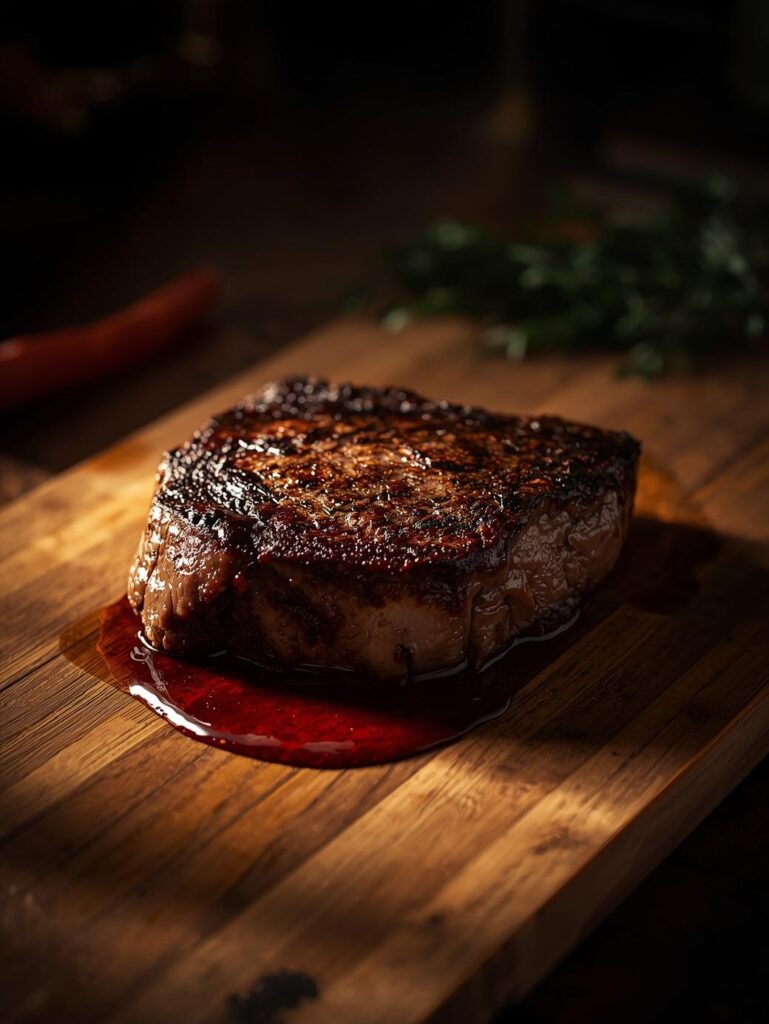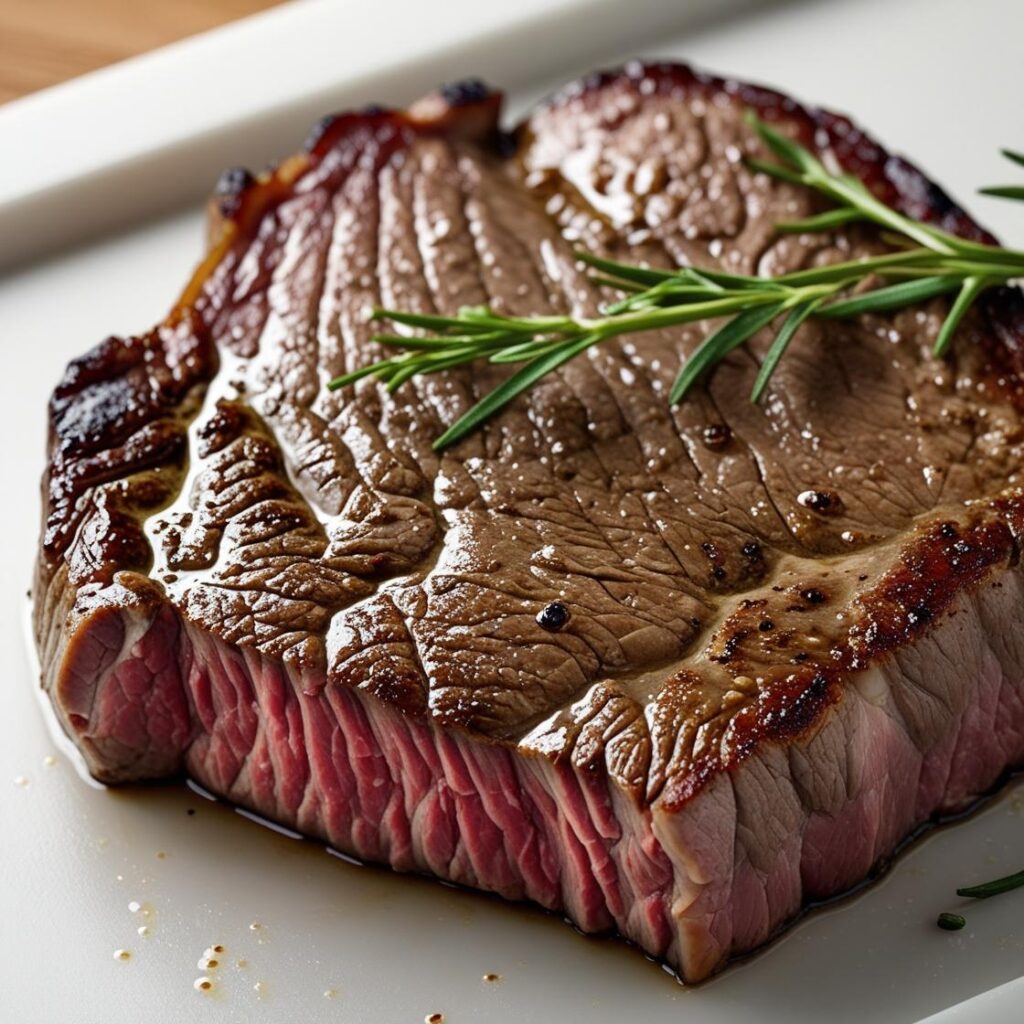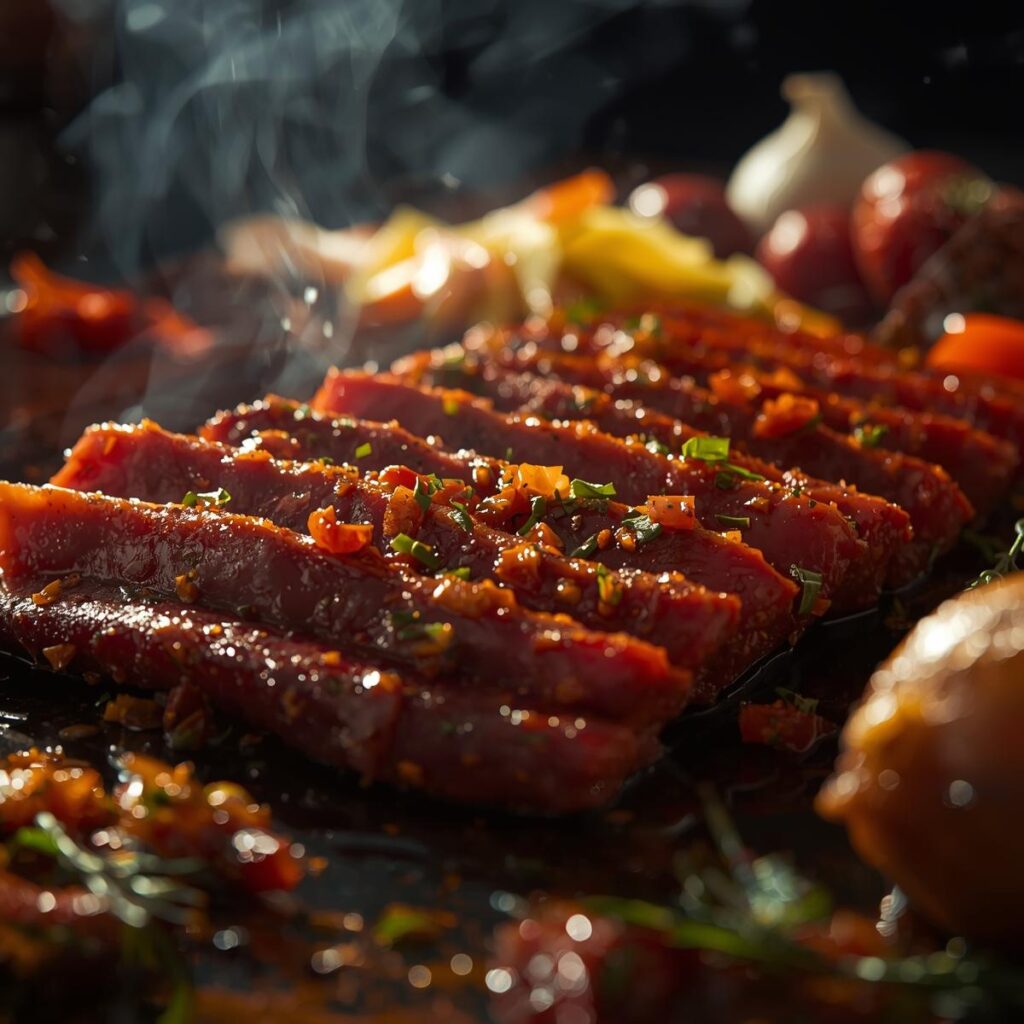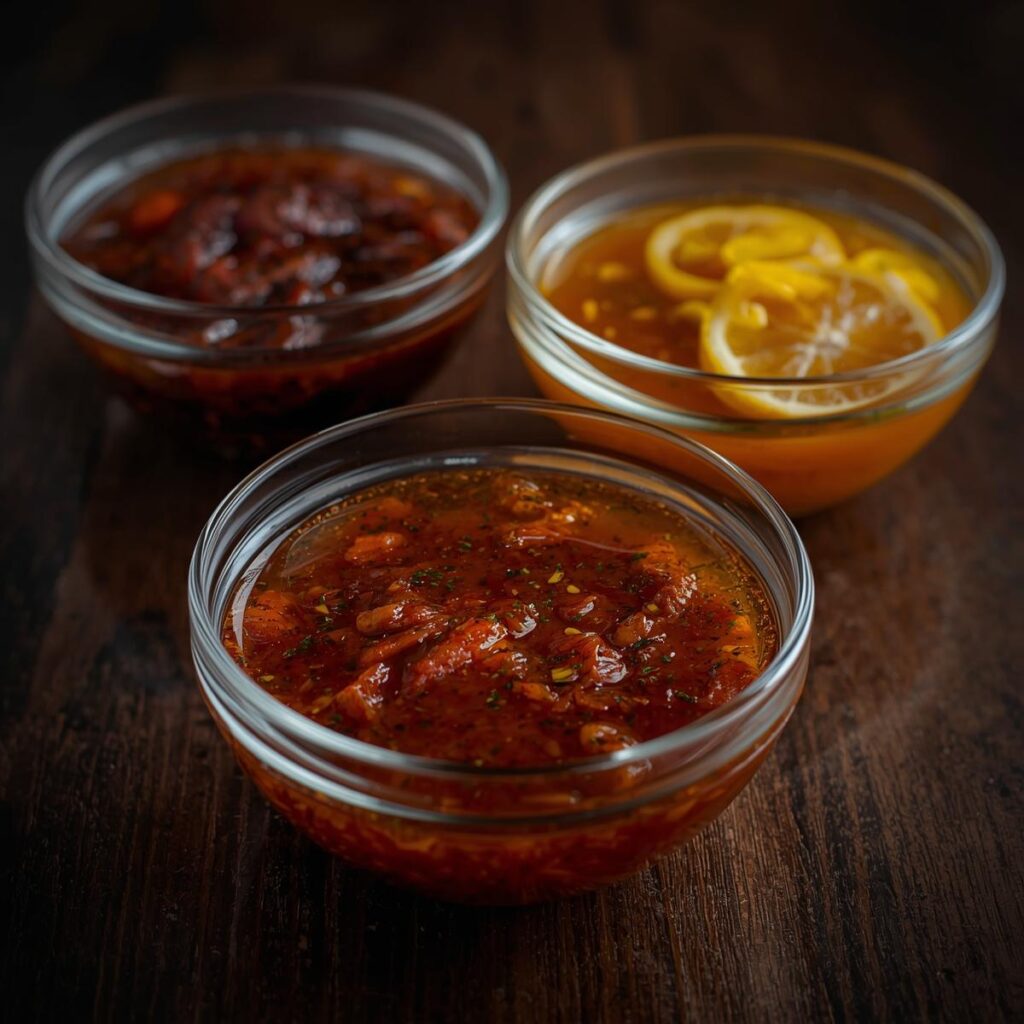6 Resting Mistakes That Drain Flavor from Your Meat
You’ve done everything right. You’ve used the right cut of meat, seasoned it perfectly, and cooked it to the ideal internal temperature. The steak looks perfect on the grill, a beautiful crust has formed, and the aroma is incredible. But then, you make one of the most common and devastating resting mistakes by slicing into it immediately. All the precious, flavorful juices spill out onto the cutting board, leaving you with a dry, disappointing meal.
Resting meat is arguably the single most important step in cooking, yet it’s the one most often overlooked. It’s where the magic happens, transforming a great piece of cooked meat into a tender, juicy masterpiece. This guide is your key to avoiding the most common resting mistakes that drain flavor. We’ll show you exactly how to rest meat like a pro to ensure every bite is as delicious as possible.
The Science of Resting: Why It’s Non-Negotiable
During cooking, the high heat causes the muscle fibers in meat to contract and squeeze out their internal juices. These juices, full of flavor, are pushed towards the center of the meat. If you slice the meat immediately, those contracted fibers have no chance to relax and reabsorb the juices, so they simply run out. Resting allows the temperature to stabilize and the muscle fibers to relax, drawing the juices back throughout the entire cut.
6 Resting Mistakes That Drain Flavor (and How to Fix Them)
Mistake 1: Not Resting the Meat at All
This is the most fundamental and destructive of all resting mistakes.
- Why it happens: Impatience. The meat smells and looks so good, you want to eat it right away. But by skipping the rest, you are ensuring a dry, tough final product. The difference between a rested steak and an unrested one is dramatic.
- Professional Fix: No matter what, always rest your meat. This simple step is non-negotiable for achieving a tender, juicy meat result. For most cuts, a minimum of 5-10 minutes is required. For larger cuts like a roast or a whole brisket, the rest can be an hour or even longer.
Mistake 2: Resting for the Wrong Amount of Time
Resting for too short a time is bad, but resting for too long can also be a mistake.
- Why it happens: The ideal resting time depends on the size of the meat. A thin steak only needs a few minutes, while a large roast needs significantly longer. If you rest a large piece of meat for too short a time, it won’t reabsorb all the juices. If you rest a smaller piece for too long, it will get cold.
- Professional Fix: Use the rule of thumb: rest the meat for roughly half the time it took to cook. For a one-inch steak that cooked for 8-10 minutes, rest it for 4-5 minutes. For a large roast that cooked for 2 hours, rest it for at least 30 minutes.
3. Resting in the Wrong Place
Where you rest your meat matters almost as much as how long you rest it.
- Why it happens: Placing hot meat on a cold cutting board or a cold plate will immediately cause the meat to lose its internal heat, bringing the carryover cooking to a screeching halt and making the meat cold. It can also cause the juices to pool on the cold surface.
- Professional Fix: Transfer the meat to a warm plate or cutting board. A great technique is to use a cutting board with a juice groove to catch any minor drips. For larger cuts, you can place them on a wire rack over a baking sheet, which allows air to circulate around all sides and prevents a soggy bottom.
Mistake 4: Tenting the Meat Too Tightly
Tenting with foil is a common way to keep meat warm, but if done improperly, it can ruin the crust.
- Why it happens: Wrapping the meat tightly in foil traps steam, which will soften the delicious, savory crust you worked so hard to create. The trapped moisture can also cause the temperature to rise too high, overcooking the meat.
- Professional Fix: If you want to tent the meat, do so loosely. This allows the heat to escape gradually while still keeping the meat warm. Better yet, simply let it rest uncovered. You may lose a few degrees of heat, but you will preserve the crust and have a better final result.
5. Slicing with the Grain
This isn’t a resting mistake, but it’s a slicing mistake that can completely negate the benefits of a good rest.
- Why it happens: Slicing “with the grain” means slicing parallel to the muscle fibers. This leaves long, tough muscle fibers in each slice, making the meat chewy and difficult to eat. It is one of the most common meat cooking tips errors.
- Professional Fix: Always slice “against the grain.” This means slicing perpendicular to the muscle fibers, which shortens them and makes the meat tender and much easier to chew. This is especially crucial for tough cuts like flank steak, as we discuss in our Valentine’s Day steak recipes guide.
Mistake 6: Not Accounting for Carryover Cooking
This is a critical concept that can lead to an overcooked steak, even if you rested it properly.
- Why it happens: A piece of meat’s internal temperature continues to rise after it’s been removed from the heat source. This is called carryover cooking. For a one-inch steak, this can be 5-10°F. For a large roast, it can be even more. If you cook to the exact target temperature and then rest, you will end up with an overcooked piece of meat. This is one of the most common temperature mistakes and a source of tough meat.
- Professional Fix: Pull the meat off the heat before it reaches your target doneness. For a medium-rare steak (130-135°F), pull it off the grill at 125-130°F. The temperature will continue to rise during the rest. This is a crucial concept we cover in our guide on the 10°F Differences That Change Everything About Your BBQ. For more on these concepts, see our guide on 7 temperature mistakes for BBQ that destroy juiciness.
| Resting Mistake | Why It Happens | Professional Fix |
| 1. Not Resting at All | All juices leak out. | Always rest your meat for 5-60+ minutes. |
| 2. Wrong Time | Meat gets cold or remains tough. | Rest for ~half the cooking time. |
| 3. Wrong Place | Meat loses heat, and juices pool. | Rest on a warm plate or wire rack. |
| 4. Tenting Too Tightly | Steams the crust. | Tent loosely with foil or not at all. |
| 5. Slicing with the Grain | Leaves long, chewy fibers. | Always slice against the grain. |
| 6. No Carryover Cooking | Steak becomes overcooked. | Pull the meat a few degrees early. |
Conclusion
Resting meat is the final, essential step in cooking that ensures a juicy, flavorful result. It’s the difference between a good piece of meat and a truly great one. By avoiding these 6 resting mistakes, you can transform your cooking and impress your friends and family with tender, delicious meat every time. Remember, patience is a key ingredient.
FAQ: 6 Resting Mistakes That Drain Flavor
1. How long should I rest a steak?
For a standard 1-inch thick steak, rest it for 5-10 minutes. For a thicker steak (1.5-2 inches), rest it for 10-15 minutes.
2. How long should I rest a whole chicken or roast?
For a large cut like a roast or a whole chicken, you should rest it for at least 20-30 minutes, or even up to an hour for a whole brisket.
3. What do you do with the juices on the cutting board?
The juices that collect on the cutting board are full of flavor. You can use them to make a quick pan sauce, or simply pour them back over the sliced meat before serving for an extra layer of moisture and flavor.
4. Do you rest chicken or fish?
Yes! The same principles of resting apply to chicken, fish, and pork. Resting allows the juices to redistribute, ensuring a more tender and juicy result.
5. Is it okay to use a lid to rest meat in a pan?
No, just like tenting too tightly, putting a lid on the pan can trap steam and soften the crust. It’s best to rest on a wire rack or on a plate with no cover.
6. How do I keep my meat warm while it rests?
For short rests, just leave the meat on a cutting board. For longer rests (for large roasts), you can place the meat in a preheated oven set to its lowest temperature (e.g., 170°F) to keep it warm without cooking it further.
7. What’s the biggest takeaway from this guide?
The biggest takeaway is that resting is not optional. It is a critical part of the cooking process that determines the final juiciness and flavor of your meat. Never skip it.






